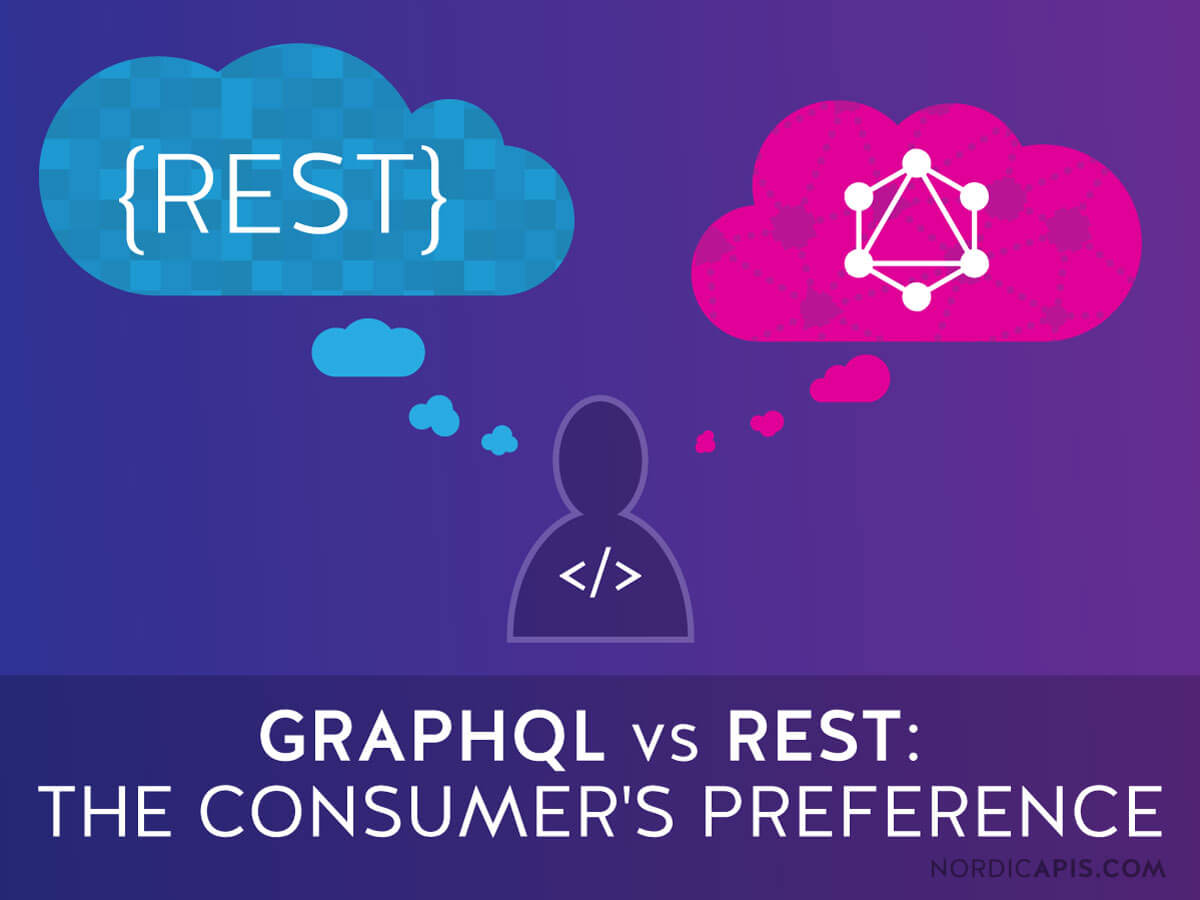

Doing so will automatically emit information into CloudWatch Logs. To get a quantitative view of your API’s performance, you should enable field-level logging on your AppSync API. You can also define field-level permissions based on identity. AppSync will automatically generate resolver logic for DynamoDB, based on the data types in your schema. Using the transform, you can apply different authentication types to different operations. Transforms are annotations you add to your schema that are interpreted by the Amplify Toolchain. You can then compare that username against an owner field in the data being retrieved.ĪppSync provides declarative security using the and transforms. In an AppSync resolver, you have the ability to examine the incoming authentication information (such as the IAM username) in the context variable. Like API Gateway, the template language is Apache Velocity. This allows flexibility, but also introduces complexity in the form of code.ĪppSync Resolvers use a Request/Response template pattern similar to API Gateway. Cognito User Pool Tokens: These provide the advantages of OIDC tokens, and also allow you to use the transform for authorization.Īuthorization in GraphQL is handled in the resolver logic, which allows field-level access to your data, depending on any criteria you can express in the resolver.OIDC Tokens: These are time-limited and suitable for external clients.A common example is assigning an execution role to a AWS Lambda function that makes calls to AppSync. IAMs: These are standard AWS credentials that are often used for server-side processes.API keys: Since the API key does not reference an identity and is easily compromised, we recommend it be used for development only.AppSync has four methods to authenticate clients: The first line of defense is authorization – restricting who can call an operation in the GraphQL Schema. Public APIs (ones with an external endpoint) provide access to secured resources. Each function in the pipeline can call one of the native resolver types. With AppSync, you have the option to use Pipeline Resolvers, which execute reusable functions within a resolver context. Can high latency requests be modeled asynchronously?.How many layers (services) does a request touch?.Do your most frequently used operations have low latency?.Should slower data sources have a caching layer?.In practice, your mapping should consider the following: The other end of the spectrum is new development, where some architects argue they can map their entire schema to a single source. Mapping data storage to schema gets more complex when you are accessing legacy data services: internal APIs, external REST services, relational database SQL, and services with custom protocols or libraries.
#Graphql vs rest performance code#
In this case, the complexity associated with assembling that data should be handled in the resolver, rather than forcing the client code to make multiple calls and manipulate the returned data. For example, if you know client applications will need “Book” information that includes the cover art and current sales ranking – all from different data sources – you can build a single data type that combines them: A good rule of thumb is to put any necessary complexity in the resolver rather than in the client code. So, as your Schema grows, it’s important that it’s consistent and adheres to best practices (such as the use of Input Types for mutations).Ĭlients will love using your API if they can do what they want with as little work as possible. Since GraphQL tools provide introspection, your Schema also becomes your API documentation. The schema contains operation definitions (Queries, Mutations, and Subscriptions), as well as data definitions (Data and Input Types). Resolver ComplexityĪll GraphQL APIs are defined by their schema. While this blog post speaks to architectural principles, it will also discuss specific features AppSync for practical advice. Therefore, each GraphQL implementation approaches these details in a different way. Note that the GraphQL specification is focused on grammar and expected behavior, and is light on implementation details. This post will dive deeper into GraphQL implementation with AppSync.

#Graphql vs rest performance series#
We’ve discussed the differences between REST and GraphQL in our first post of this series and explored REST APIs in our second post. When building a serverless API layer in AWS (one that provides a custom grammar for your serverless resources), your choices include Amazon API Gateway (REST) and AWS AppSync (GraphQL). September 8, 2021: Amazon Elasticsearch Service has been renamed to Amazon OpenSearch Service.


 0 kommentar(er)
0 kommentar(er)
